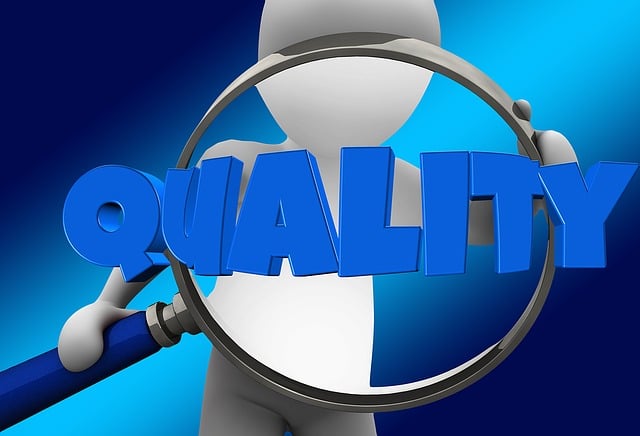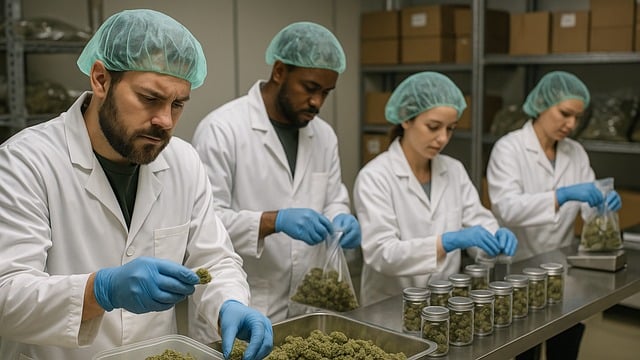Water quality inspections are vital for public health protection and emergency prevention. Contaminated water sources can transmit pathogens, chemicals, and pollutants, causing various health issues. Regular inspections identify hazards like corroded pipes, bacteria, heavy metals, and chemical residues early, enabling swift action to mitigate risks. These measures ensure safe drinking water, prevent waterborne diseases, and safeguard communities. Case studies from urban areas to coastal towns demonstrate the success of proactive monitoring in improving water quality and safety, making inspections a game-changer in emergency prevention. Best practices involve regular sampling, source protection, advanced technologies, staff training, community engagement, and data analytics for effective inspection programs.
Water quality and safety are paramount for public health, yet threats from contaminants remain. Regular inspections play a vital role in safeguarding our most essential resource. This article delves into the multifaceted impact of water quality, highlighting its connection to public wellness. We explore how inspections identify potential contaminants, prevent emergencies, and drive successful improvements through case studies. Learn about best practices for establishing effective water quality inspection programs, ultimately enhancing safety and peace of mind.
- Understanding Water Quality and Its Impact on Public Health
- The Role of Regular Inspections in Water Safety
- Identifying Potential Contaminants through Inspection Techniques
- Emergency Prevention: Rapid Response to Water Quality Issues
- Case Studies: Successful Inspections Leading to Improved Water Quality
- Best Practices for Effective Water Quality Inspection Programs
Understanding Water Quality and Its Impact on Public Health

Water quality is a critical aspect of public health, directly impacting communities’ well-being. Understanding its complexities is essential to unraveling potential health risks and emergency prevention measures. Contaminated water can carry various pathogens, chemicals, and pollutants that pose significant threats when ingested or come into contact with skin. These contaminants may arise from various sources, such as industrial waste, agricultural runoff, or inadequate sanitation systems.
The impact on public health can be severe, leading to outbreaks of waterborne diseases like cholera, dysentery, and hepatitis A. Additionally, prolonged exposure to contaminated water can cause skin irritations, respiratory issues, and even long-term chronic illnesses. Inspections play a pivotal role in monitoring water quality by identifying sources of contamination, ensuring treatment processes are effective, and upholding safety standards. Regular assessments enable authorities to take prompt action, mitigating risks and safeguarding public health.
The Role of Regular Inspections in Water Safety

Regular inspections play a pivotal role in maintaining water quality and ensuring public safety, especially in preventing emergencies. These meticulous checks are designed to identify potential hazards and issues within water distribution systems, treatment plants, and storage facilities. By conducting thorough inspections at regular intervals, authorities can pinpoint vulnerabilities before they escalate into major crises. For instance, inspectors might uncover corroded pipes that could lead to leaks or contamination, prompting immediate repairs to avert disaster.
Moreover, regular inspections contribute to the early detection of harmful contaminants, such as bacteria, chemicals, or heavy metals, which could pose serious health risks. This proactive approach allows for swift action to be taken, including treatment enhancements or source identification, thus safeguarding communities and mitigating potential health emergencies. Effective inspection protocols, therefore, serve as a robust defence mechanism in ensuring the safety and reliability of our water supply.
Identifying Potential Contaminants through Inspection Techniques

Inspections play a pivotal role in identifying potential contaminants, thereby significantly contributing to water quality and safety. Through meticulous examination, professionals can uncover hidden sources of pollution that may pose serious risks to public health and the environment. Advanced inspection techniques, such as water sampling and laboratory analysis, enable the detection of various pollutants like bacteria, heavy metals, and chemical residues. By pinpointing these contaminants early on, necessary measures can be taken to mitigate their impact.
Moreover, inspections help in preventing emergencies by providing critical data that informs effective water management strategies. Regular monitoring and assessment allow for proactive interventions, ensuring water bodies remain safe for various uses, including drinking, irrigation, and recreational activities. This proactive approach not only safeguards communities but also fosters sustainable practices, ultimately leading to improved water quality over time.
Emergency Prevention: Rapid Response to Water Quality Issues

Inspections play a pivotal role in emergency prevention, acting as a crucial guardrail for water quality and safety. By implementing regular and comprehensive checks on water systems, authorities can swiftly identify potential hazards or contaminants before they escalate into critical issues. This proactive approach ensures that any problem is promptly addressed, minimizing the risk of health emergencies and disasters.
Rapid response is key to effective emergency prevention. When inspections uncover anomalies, immediate action is taken to mitigate risks. This might involve temporary shutdowns of contaminated supplies, implementation of treatment protocols, or even evacuation measures if necessary. Such swift interventions not only protect public health but also prevent widespread disruption caused by water-borne crises.
Case Studies: Successful Inspections Leading to Improved Water Quality

Successful inspections have been a game-changer in many communities, leading to significant improvements in water quality and safety. Case studies from various regions highlight the positive impact of proactive monitoring. For instance, a recent study in a major metropolis revealed that regular inspections identified several hidden hazards, including old pipes leaking toxic substances into the water supply. Prompt action by the local authorities led to a comprehensive replacement program, eliminating these risks and ensuring safer drinking water for residents.
Another example from a smaller coastal town demonstrates how inspections can prevent emergency situations. Through routine checks, officials detected an illegal dumping site contaminating nearby rivers. Immediate intervention included penalizing offenders and implementing stricter waste management practices. As a result, the once-polluted river turned into a vibrant ecosystem, proving that targeted inspections are an effective way to maintain and enhance water quality, ultimately promoting public health and environmental sustainability.
Best Practices for Effective Water Quality Inspection Programs

Effective water quality inspection programs are crucial for ensuring safe and clean water supplies, ultimately contributing to emergency prevention. To maximize their impact, these programs should adhere to best practices such as regular monitoring and sampling at various points in the distribution system. This includes source water protection, where communities work to preserve and safeguard water sources from potential contaminants. Additionally, utilizing advanced technologies like sensors and data analytics can provide real-time insights into water quality, allowing for swift actions to address any deviations.
Training and education are integral components of successful inspection programs. Water utility staff should be equipped with the knowledge and skills to identify potential issues, collect accurate samples, and interpret test results. Regular workshops, field training exercises, and ongoing professional development can enhance their capabilities. Moreover, community engagement plays a vital role; informing residents about water quality parameters and encouraging them to report any unusual smells, tastes, or appearances can serve as an early warning system, bolstering emergency prevention efforts.






